Ask John: What’s the Meaning of ME!ME!ME!
Question:
I was curious what your thoughts were on the short film / music video ME!ME!ME! feat. daoko / TeddyLoid? What is your view on the social commentary hinted at through the video?
Answer:
Director Hibiki Yoshizaki’s original anime music video “ME!ME!ME! feat. daoko” is an intriguing and provocative work because of its explicit content and more so because it offers a variety of potential interpretations. The official description of the video, “You are attacked and ravished by many girls,” immediately suggests the conventional anime trope of male wish fulfillment: the harem fantasy. However, as I interpret it, this video actually depicts the opposite side of the coin. The video illustrates an otaku convention rather than an anime trope. The video illustrates the Japanese social construct of “only loving 2D.” I’ll explain my interpretation of the video in detail, with illustrations. Given the nature and content of the video, the following screencaps will include nudity and gore.
The slightly non-linear narrative of the music video depicts a teen boy who the viewer can presume has had a break-up with his girlfriend. He had pleasant dates with her until a conflict arose that left her in tears.
Confused and frightened, the boy didn’t know how to approach the girl. Rather than attempt to repair his relationship with his girlfriend, he turned his back to her, feeling as though she had intimidated him.
Echoing the video’s title, “Me! Me! Me!” the boy feels as though the girl is placing stress and pressure on him. He feels victimized, so he shuts himself into his bedroom, his personal, safe, private space.
Although the boy did have a girlfriend, he hadn’t yet consumated his relationship. The cherries surrounding him suggest that he’s a “cherry boy,” still a virgin.
As a natural teen boy, he’s sexually attracted to women, and his imagination fetishizes and objectifies women as sex objects.
But, as represented by his defective digital photo frame, his “vision” of women has become broken, corrupted.
He sees women as attractive, but he also sees an underlying side to them.
Women have strings attached.
Women represent a complex, tempting prison.
Women are two-faced and evil.
The boy feels crushed and overpowered by women.
“Woman” drowns him. (I don’t understand why numerous critics believe that this scene represents drug use.)
“Woman” consumes him.
The more he sullenly thinks about his dilemma, the more insidious it becomes, to the extent that “woman” even invades his private sanctuary…
and turns even his beloved 2D girls against him.
So the boy faces his fears and comes to a painful resolve.
He “steels” himself against his enemy, females. He puts on armor to protect himself, his fragile emotions, from the hurt caused by women.
He shoots down women that approach him, using the imaginary context that he’s familiar with, the sci-fi video game.
He tries to break through his painful memories, but doing so also hurts him.
His affection for his girlfriend reaches out to him. He still longs for a compassionate, normal relationship with girls.
However, the stylish but “alien” queen of the women still holds his fond memories hostage, still conjoins his attraction to girls with his fear of women.
Ultimately, the queen swallows up and shatters the boy’s good memories.
Women use their femininity to attack him.
The boy tearfully tries to defend himself from emotional pain.
Yet women still laugh on the soundtrack while they tear him to pieces.
The women surround him to gloat over having figuratively and literally broken him down and belittled him.
His girlfriend, now conflated with “the enemy,” kisses what’s left of him, symbolically merging sex with emotional agony. The boy cries when the female kisses him.
The kiss leaves what’s left of the boy as a lifeless, decomposed corpse, a broken man.
The video ends with the exact same shot that it began with: the boy alone, isolated in the company of his 2D women and his model kits that he can construct as he chooses, items that can comfort him without causing him emotional angst or confusion.
The last lyric of the song is “sayonara,” suggesting that the boy has bid farewell to women and difficult social relationships; he’s conflicted but determined to stay in the safe, solitary company of his anime and models.
After composing my own interpretation, I did a web search for other criticisms and interpretations. I encountered a number of analysis that interpreted the video entirely oppositely to the way I did. I encountered several interpretations that suggest that the video represents the boy’s effort to stop being an otaku, that the video is a criticism of hikikomori otaku culture. However, I don’t see any consistent symbolism within the video that supports that interpretation. Furthermore, numerous interpretations of the video cite Hideaki Anno’s influence and involvement in the production, yet Hideaki Anno is a well-known advocate of otaku culture, not an opponent of otaku culture. Personally, I can’t imagine why animators that previously worked on anime including Evangelion 3.0, Space Dandy, and Yozakura Quartet – anime that celebrate and encourage the fantasy and fetishization inherent within anime – would suddenly turn about face and create a music video that supposedly discourages and criticizes viewer engagement with anime and the content of contemporary anime. Nothing within Space Dandy, for example, suggests that an obsession with two-dimensional “boobies” is bad or unhealthy.
After all, if the video is supposed to criticize anime and suggest that contemporary anime is negative, why would the video include Evangelion figures? I see no evidence at all that video director Yoshizaki and studio Khara want to suggest that their own creation, Evangelion, is a negative influence on anime production and something that viewers should try to distance themselves from. I think that many English-speaking critics are attempting to construct an interpretation of the video that supports their own American attitudes about contemporary anime instead of objectively examining the complete content and cultural/artistic context of the video. As far as I can see, the artists who created the video do not oppose otaku culture or the attributes of contemporary anime, and this music video illustrates, without positive or negative comment, the Japanese otaku sentiment that 2D girls are better than real-world women.
Add a Comment
You must be logged in to post a comment.
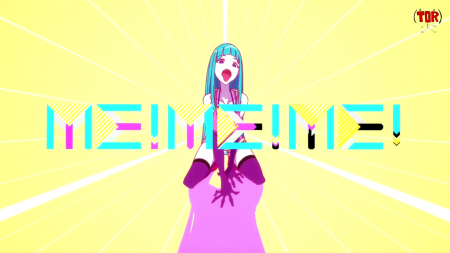
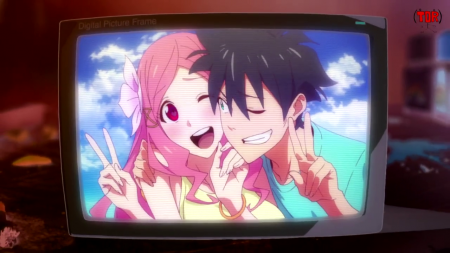
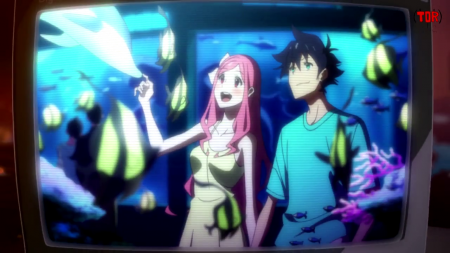
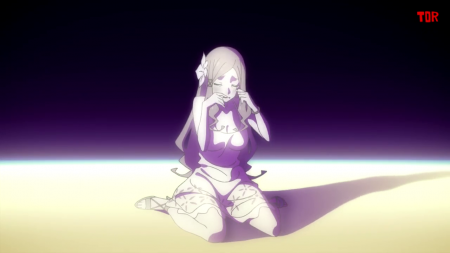
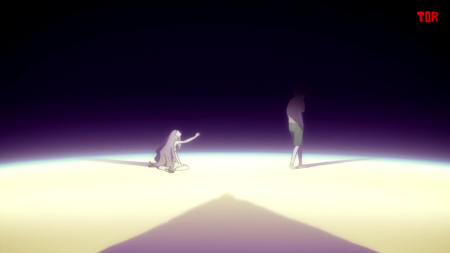
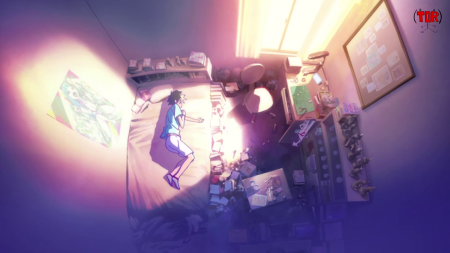
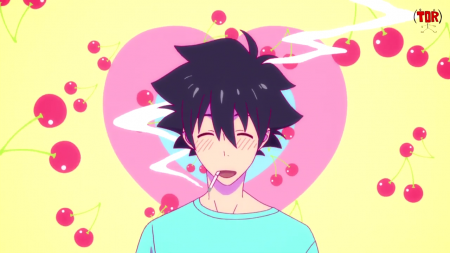
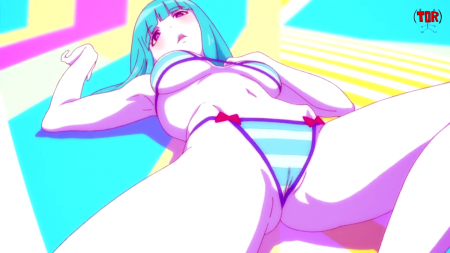
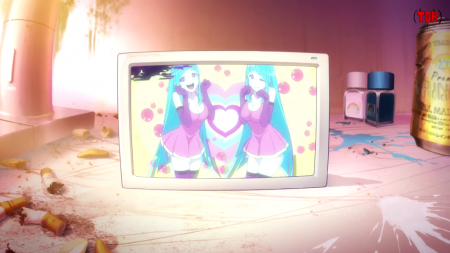
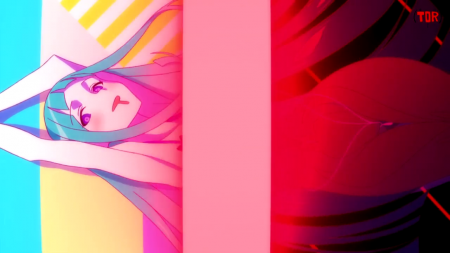
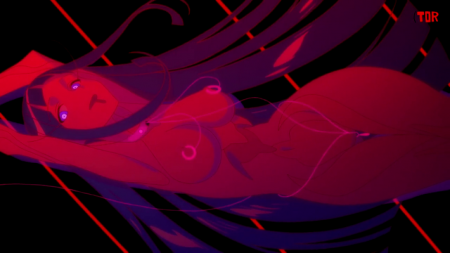
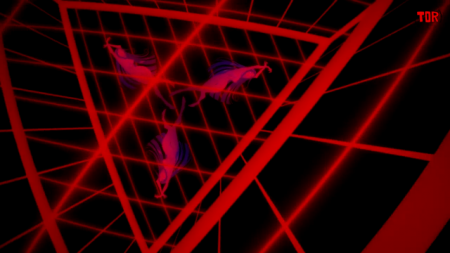
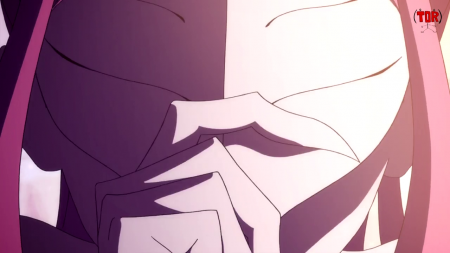
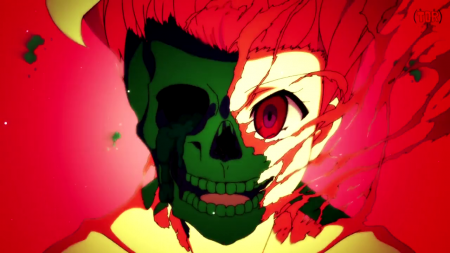
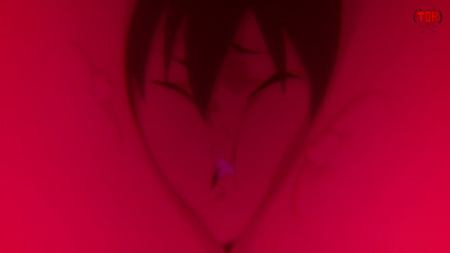
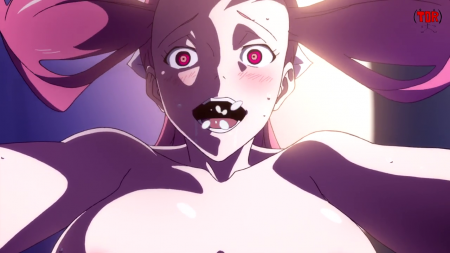
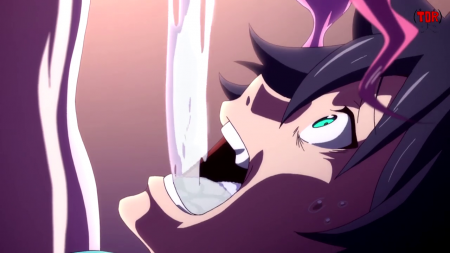
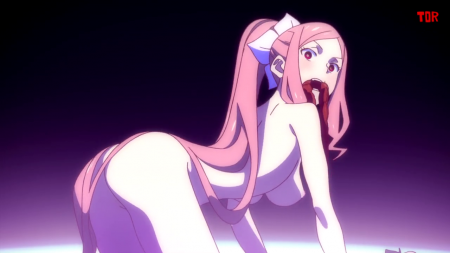
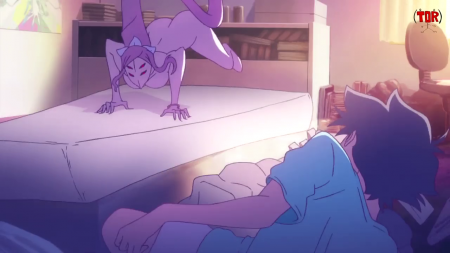
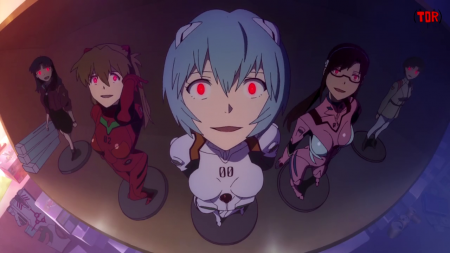
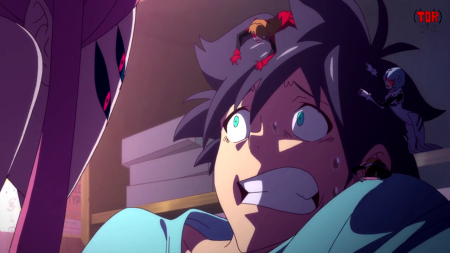
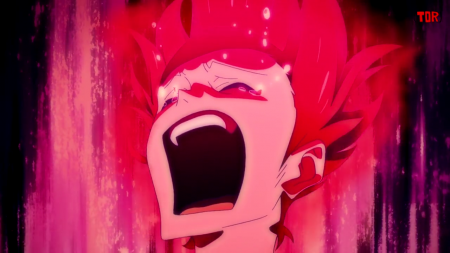
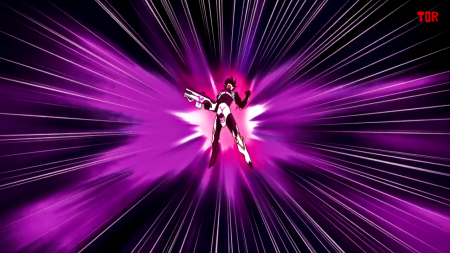
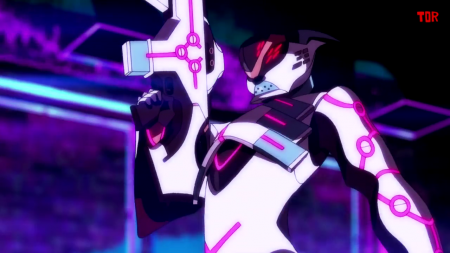
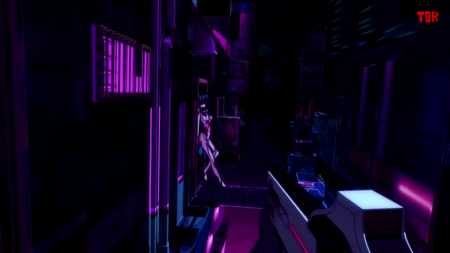
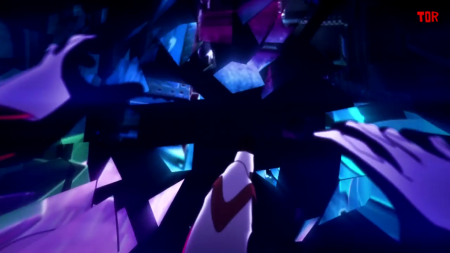
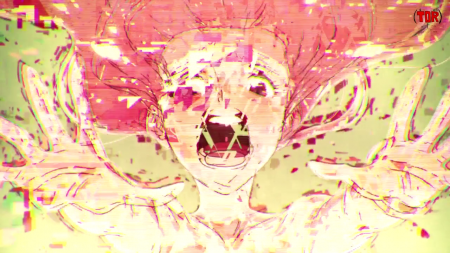
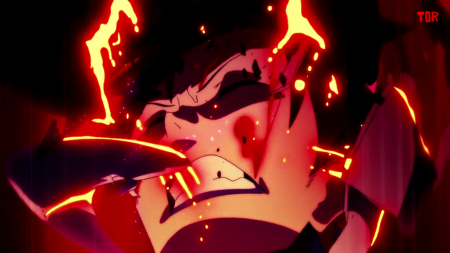
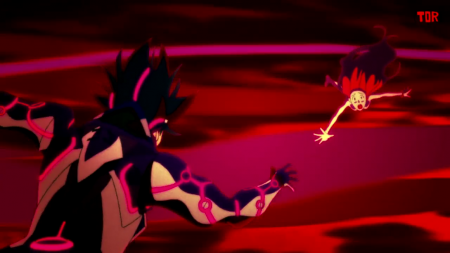
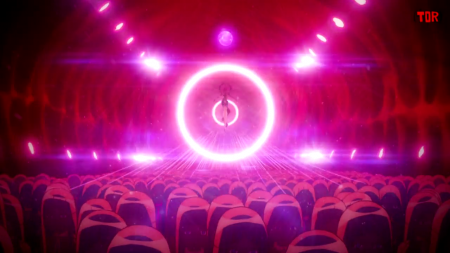
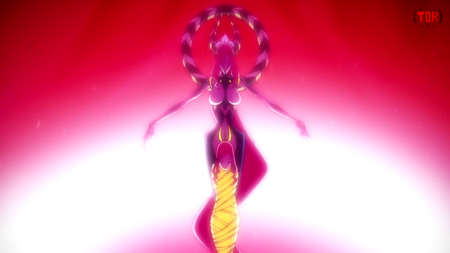
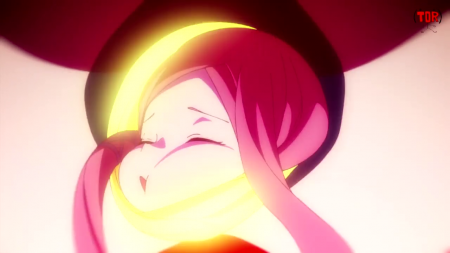
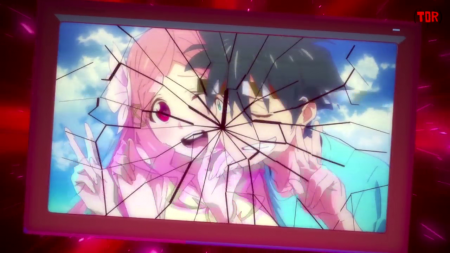
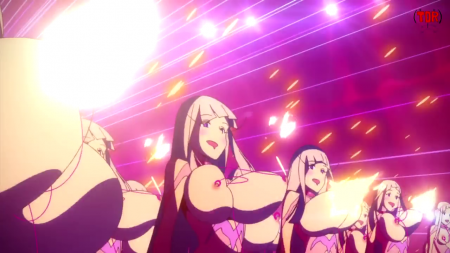
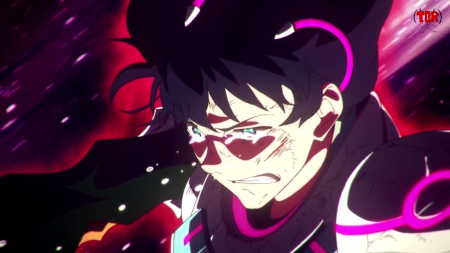
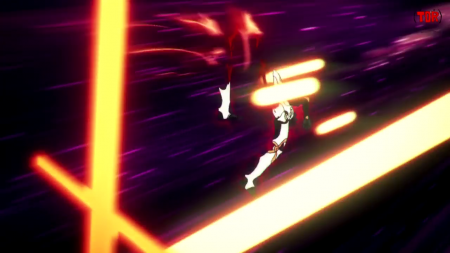
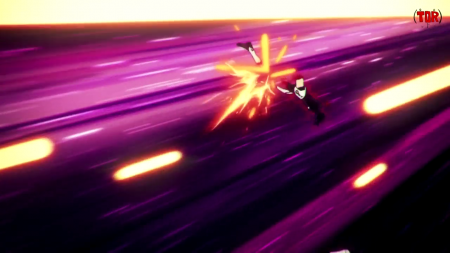
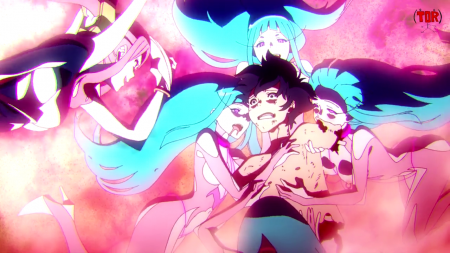
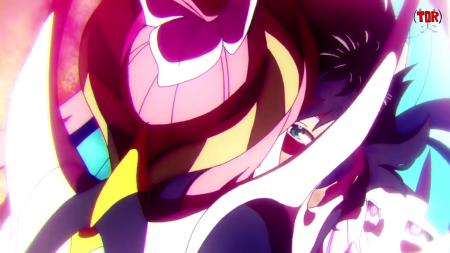
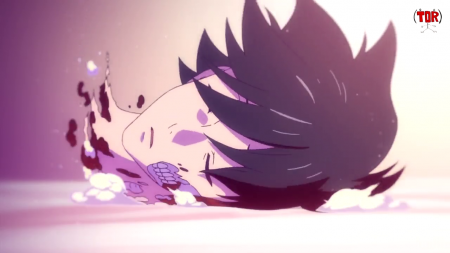
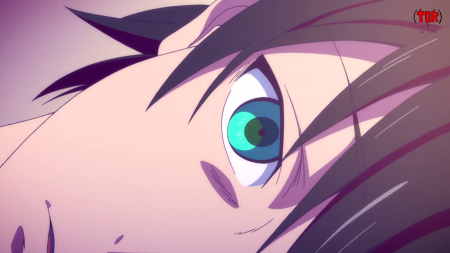


The “Otaku Culture Criticism” interpretation of ME!ME!ME! never really sat right with me. It always felt to me like the Western critics saw the Eva figures and the model kit, concluded “this guy is an otaku” and went on to base everything off of that, rather than looking at the whole work, because it’s another chance to criticize Japanese otaku, whom many of them revile.
Their interpretation just doesn’t add up. It’s like they’re trying to have their cake and eat it too. They push the narrative of Japanese otaku being awkward shut-in losers with no social skills to speak of, but suddenly we’re expected to believe that the boy in ME!ME!ME! is an “otaku,” even though it’s quite clear he at least used to have a girlfriend. Either their interpretation is wrong or the narrative about otaku they promote is wrong. Also the drug use thing. Is drug use rampant among otaku, because this is the first I’d be hearing about it.
I feel like a lot of the people calling ME!ME!ME! a criticism of otaku are just desperate for media that criticizes otaku. A lot of Western anime criticism and those many of involved with it are incongruent with otaku culture in Japan, and often seem somewhat resentful of it, so it’s no surprise that many interpretations of ME!ME!ME! present it as a criticism of otaku culture.
I just want to start by saying
It was a difficult task to find a like-minded opinion to this that is even a little close to the way that I deciphered the clip, however in saying that, “decipher” is probably the wrong word as I don’t feel that there was anything to breakdown in the first place.
In my point of view it was just a really good clip that I felt was about his relationship as said above, he was happy, he was stressed, they broke up, and if you listen to the lyrics she was putting a lot of pressure on him.
I’m not even sure if it had anything to do with anime at all, but somewhat that he was spending too much time playing rather than making something of himself (Lack in motivation) which has nothing to do with being “Otaku” as every human being can have this tendency.
Anyone that has had a bad relationship I would have expected the same response, but seems like people are thinking too much into it as the clip was put in anime form and his room contained figurines not to mention the sexual content etc. However as someone who could be called “Otaku” I have not had the experience of being curled up in my room depressed over being as such, and in order for anyone to watch as much as I have, you would literally need to be glued to the chair for around 1.5 years, BUT if you were to ask me if I have done that over a breakup, bad relationships or because I am having trouble figuring out what I want to do with my life, that would be a different story.
The fact that most of the people that are making the “breakdowns” and “reactions” have not seen any anime makes me wonder whether I have just seen that much anime that I have adapted to Japanese creativity, or people are just stupid, because as said above, why would someone that loves making such anime make it look bad?
Answer: They wouldn’t.
Conclusion: It’s a creative way of interpreting a relationship.
Things to correct:
Otaku:
Not a word for shut in, but for obsession or enthusiast which can be used in anything not just anime.
Shut in’s:
People can be shut in’s without being Otaku for anime example: social anxiety, depression and even lacking in social skills can affect people and cause them to want to exclude themselves from the world if they don’t work through it.
The Character is not a teenager:
So far there is no anime that I can recall that has a teen smoking, and for your info the smoking and drinking age from memory is 20 years old in japan.
When I first saw this , I wasn’t quite sure what to think, but after seeing it a few times more I thought it was a story about a guy who has an anime/ hentai addiction or obsession, the obsession being so much he lost his girlfriend and locks himself away in his room, and this was sort of his battle in trying to kick the addiction ( shown by him literally fighting against it) but ultimately losing, his happy memories broken and staying still in his bed
And it seems to loop, showing how it has consumed his life
I don’t think that this is a anti- anime message, rather a battle against an addiction anyone could have, and in this case showing how it has started to ruin his life as his relationship with his girlfriend was destroyed because of it and instead of kicking the habit and staying with her, he just walks away and goes back to his anime/hentai, leading up until the point seen in which he realises what it’s doing as he tries to battle it.
I see it as More of a warning about how any addiction can ruin someone’s life, in this case it’s to anime, as you said why would be an anti anime message when these guys would, if anything, be trying to promote it
This is my opinion anyway, feel free to say what you think of it
(And I will try to correct any mistakes if I made any)
This is a very interesting analysis, although I agree with one of these other responses that the video may actually be a reference to addiction (but not necessarily a warning against anime-viewing). However, your analysis failed to properly take note of one scene that I felt was extremely important. You partially referred to it with the line “‘Woman’ consumes him,” but after this ‘woman’ consumes him, his girlfriend (or his memory/representation of his girlfriend) tearfully approaches his half-eaten body and seemingly tries to revive him with a kiss. This causes him to remember the nice dates they had. I feel this scene could be interpreted in one of two similar ways: 1) his girlfriend is trying to ‘save’ him from his addiction or 2) his memories of his girlfriend are awakening him to his dilemma. This would logically support the conclusion that he is trying to fight the addiction in the following first-person shooter scene, and more generally, that this video is about how an addiction is ruining his life and probably his relationship. Many of your lines of reasoning still apply somewhat, but they make more sense if you replace “women” with ‘excessive anime/hentai/porn/[insert some applicable addiction]’:
He sees ‘anime/hentai/porn’ as attractive, but he also sees an underlying side to them.
‘Anime/hentai/porn’ have strings attached.
‘Anime/hentai/porn’ represent a complex, tempting prison.
‘Anime/hentai/porn’ are two-faced and evil.
The boy feels crushed and overpowered by ‘nime/hentai/porn’.
‘Anime/hentai/porn’ drowns him.
The more he sullenly thinks about his dilemma, the more insidious it becomes, to the extent that ‘anime/hentai/porn’ even invades his private sanctuary…
and turns even his beloved 2D girls against him [this could be seen as a reference to doujins and other third-party works sexualizing existing characters in hentai works].
Also, there is one one thing that is a little off about your analysis. You continuously refer to the main character as a “teen boy” even though the opening scene features many real discarded cigarettes on his table (and he is smoking one in one of his fantasies although that may simply be figurative). Perhaps, in the depicted past scenes with his girlfriend, he was only a teenager, but I would assume that at this point, we can conclude that he’s grown up into an adult, which may be another point of this video.
Personally, I feel this video can probably be successfully interpreted in many different ways. Your analysis makes a lot of sense, especially when you add some of the contextual information of the people who worked on the video, but your exclusion of such an important scene, the scene of his girlfriend attempting to ‘revive’ him leaves a significant hole in the argument to me.
In the bit often referred to by many interpretations if you stop the vimeo video version at 4:25 you can see one totally color boy watching. This same boy appears in girl with the girlfriend. In my own opinion what if the boy is watching these things happen. We follow the lifeless uncolored boy throughtout the story and he is the one who leaves the girl. Maybe he feels he is being torn into two pieces.